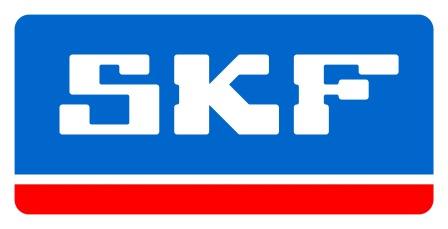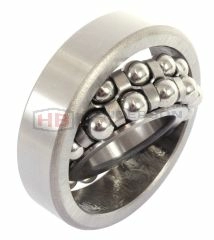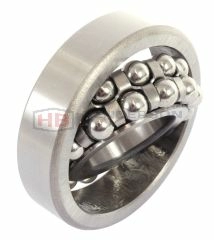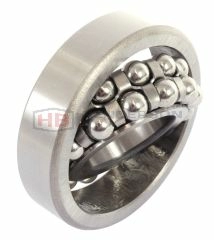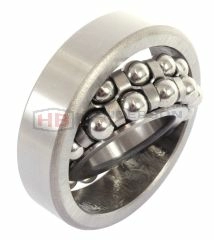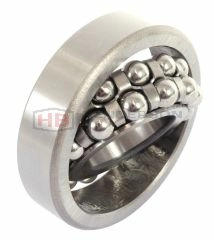Self Aligning Bearings
What are Self Aligning Bearings?
Self Aligning Bearings, also known as Self Aligning Ball Bearings, are specially designed bearing units known for their ability to self-adjust and handle angular misalignment. These are commonly double-row units that firmly hold their ground, ensuring steady performance regardless of the conditions. The construction of these bearings is unique. Each assembly consists of outer rings sporting a curved raceway. This design allows the bearings to pivot within their housing, even in cases of some misalignment. The inner rings, on the other hand, can be cylindrical or tapered based on user needs, augmenting their versatility. These bearings are easy to maneuver and are available in both open and sealed designs, offering a suitable choice for different application requirements. The sealed design, in particular, comes handy in keeping contaminants at bay, thus ensuring prolonged bearing service-life and efficiency. In essence, Self Aligning Ball Bearings adapt to your needs. They are resilient, accommodating discrepancies and deviations without a hitch. This adjustability and overall reliability make Self Aligning Ball Bearings an ideal choice for numerous applications, including vertical shaft applications and conditions where alignment can be compromised. Explore our range of Self Aligning Bearings, and ensure smooth, efficient operation even under conditions of misalignment, whether marginal or considerable.
What exactly are self-aligning bearings and how do they work?
Self-aligning bearings are special types of bearings designed to tolerate slight misalignments between the shaft and the housing. They can swivel within the outer ring to adjust to shaft deflections or alignment errors. This feature reduces stress on the bearing, promoting smoother operation and longer service life.
What sort of applications typically use self-aligning bearings?
Self-aligning bearings are used in numerous applications where shaft misalignment is likely. These include electric motors, wind turbines, conveyors, textile machines, mining equipment, and agricultural machinery.
When should I consider replacing my self-aligning bearings?
Signs that a self-aligning bearing requires replacement include unusual noises, increased vibration, or a decrease in system performance. Regular inspections can help identify any wear and tear, assisting in timely interventions.
Are there different types of self-aligning bearings?
Yes, there are different types of self-aligning bearings. Two popular types are self-aligning ball bearings and self-aligning roller bearings, each designed for different load and speed capacities. Your choice depends on the specific needs of your equipment and the conditions under which they operate.
Is replacing self-aligning bearings something I can do myself, or should I hire a professional?
Replacing bearings involves precise mechanical tasks and using specialized tools. If you have the skills and tools required, you may be able to replace them yourself. However, if you’re unsure, it’s always safest to seek help from a professional to maintain the performance and safety of your equipment.
